Wrist wraps help to support the wrist joint by limiting excessive bending under heavy loads.
However, there are benefits and drawbacks to wearing them that every lifter should be aware of.
When wearing a wrist wrap, you want to make sure you have first established good technique so that you are not using the wrap to mask bad form. Intermediate and advanced lifters can look to use wrist wraps to increase stability for heavier lifts or to alleviate some wrist discomfort from hard training.
Below I’ll cover the benefits and drawbacks of wearing wrist wraps, and help you determine if you need to be wearing them based on the level and type of training you are doing.
What Is The Point Of Wearing Wrist Wraps?
Wrist wraps are worn to help increase wrist stability.
During movements where your wrists are under high amounts of pressure or the risk of bending is high, wrist wraps can be used to aid in providing support to resist bending.
This is why many strength athletes or people that are starting to increase the loads they lift choose to weather wrist wraps.
3 Benefits Of Using Wrist Wraps For Lifting

1. Can Increase Wrist Stability Under Heavy Loads
Stable wrists will decrease the amount of force you lose when the wrist bends during a pressing movement, meaning you will be able to lift heavier loads.
The more stable the wrist, the more you can push through the arms and into the bar without having them move around.
If your wrists move under load it likely will limit your overall pressing strength.
For example, when moving heavy loads, you want to focus on driving the barbell as fast as possible.
However, any small deviation from having the wrist stacked over the joint is jus like putting your foot on the brake pedal when driving.
On one hand, your brain is telling your muscle to “drive as fast as possible”, but on the other hand, your poor wrist mechanics are causing you to step on the brakes.
Driving a car with one foot on the gas, and the other on the brakes, is extremely inefficient.
2. Helpful to Minimize Bending During Dynamic Lifts
During dynamic lifts like snatches, cleans, and jerks, wrist wraps can offer support much like they do for heavy lifts.
While during dynamic exercises, the wrist will naturally have a bit more movement than other lifts, you still want to provide some wrist support so the barbell doesn’t unintentionally move around too much in your hand.
3. Can Potentially Decrease Stress on Tendons
If you are someone who suffers from sore wrists, it may be due to chronic overstretching of the tendons. You can use wrist wraps to offer some relief.
By wearing wrist wraps, you can provide external support for the wrist joint and connective tissues under load.
This, of course, can be helpful when trying to alleviate stress to the body, however, should never be the solution for poor form and unstable joints.
Related Article: Do You Need Wrist Wraps With A Thumb Loop? Plus, How To Wear
2 Drawbacks Of Using Wrist Wraps For Lifting
1. Can Weaken Wrists Over Time
Overuse of wrist wraps tends to result in weaker grip muscles and tendons over time.
If you are someone who always used wrist wraps, you will over time find that your ability to lift without them will be weakened.
The goal of using a training aid like a wrist wrap is to use it when necessary, often under very heavy loads. But not for every set, for every exercise.
2. May Mask Technical Errors
When people have chronic wrist pain, the real concern should be to find what is causing it and fix that problem. Most of the time, wrist pain and injuries come from poor technique, poor programming, or both.
For example, I have worked with olympic weightlifters who complained of wrist discomfort and strains when front squatting.
Because they lacked flexibility in their triceps and lats, they were unable to keep the barbell on the front of the shoulders while not having the wrists bend backwards.
What they did was try to put on wrist wraps to add some support, without addressing their mobility issues, and in time the wrist wraps couldn't save them from bad technique and form.
Adding a wrist wrap, in this situation, was a band-aid solution to a bigger issue waiting to present itself.
So while wrist wraps may buy you a few more weeks or months of training, it can just be masking a more serious issue that you should address immediately.
Who Should Use Wrist Wraps For Lifting?

Lifters Who Have 6 Months Of Training Experience
Ideally, wrist wraps should be worn by lifters who have built up enough wrist stability and grip strength without wearing wraps first.
If you have been training consistently for over 6 months and have been able to perform movements like bench press, overhead presses, and deadlifts for heavy rep maxes (1-5 rep range) without grip issues, then you are ready for wraps.
These lifters can then wear them for heavy lifts (85% or heavier of 1RM), avoiding using them for warm-up sets or submaximal work (less than 85% of 1RM).
Lifters Doing Sets To Failure
Another time when you will want to wear wrist wraps is when you are doing lower percentages (50-70% of 1RM), but to complete rep failure, like doing AMRAPs (as many reps as possible).
Strength Athletes
Powerlifters, weightlifters, bodybuilders, CrossFitters, strength athletes, and everyday lifters can find benefits in training with wraps too.
However, they should have been training 6 months or longer (as discussed above).
Who Should NOT Use Wrist Wraps For Lifting?
Beginners Who Haven’t Mastered Proper Technique
Beginners should not use wrist wraps as this will often mask bad technique and decrease their ability to develop wrist stability and grip strength on their own.
Typically, beginners will complain of wrist discomfort and grip issues, however, this is often due to poor technique or a lack of strength (which should be addressed), or general soreness that will improve over time with more training.
What Types of Wrist Wraps Should You Get?
There are three main types of wrist wraps that are widely available on the market, each offering unique benefits.
Classic Velcro Wraps

If you are looking to buy your first pair of wrist wraps, go with the standard velcro wrist wraps that provide both support and stretch.
The Gymreapers 18” weightlifting wrist support wraps are highly versatile and affordable, and can offer great stability for strength (bench press, overhead press), dynamic exercises (snatches, cleans, jerks), and even general fitness exercises (handstands, push ups, dumbbell presses, curls).
These come in 18” lengths and a velcro attachment, making them great for a wider variety of lifts and stiffness levels.
Flexibility, Cloth Wraps
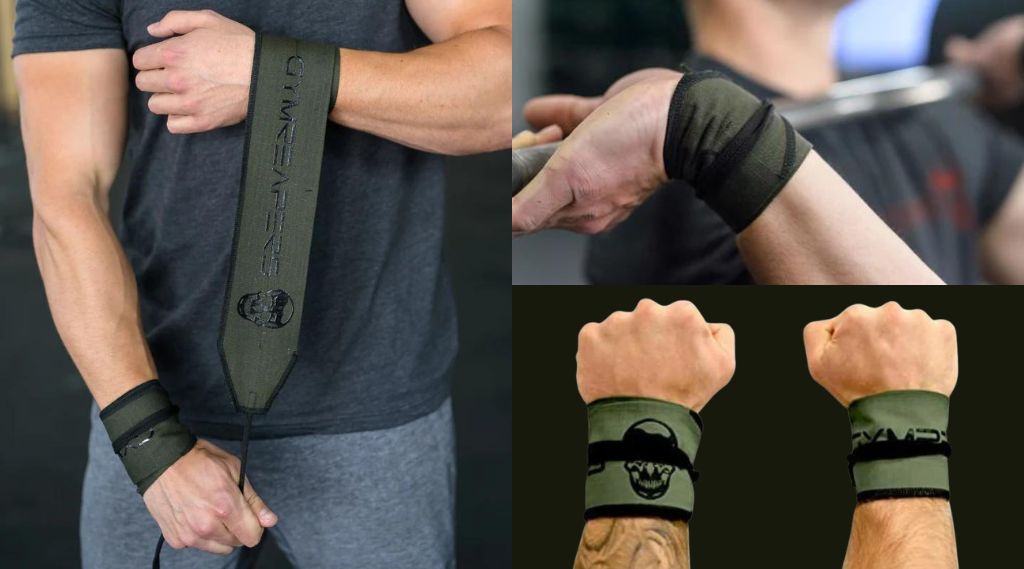
If you are looking for wrist wraps to use for more dynamic lifts like snatches, cleans, or jerks, then you may want to go with a longer, more flexible type of wrist wrap.
The Gymreaper adjustable support wrist wraps offer good support for most general fitness movements, and allow you to vary the level of support you want very easily. These are great when you are training higher repetitions, or when you want some wrist flexibility (gymnastics and olympic weightlifting) but also need some support.
Cotton wraps that are adjustable may not offer as much stiffness as 18” velcro wraps or extra stiff wraps (below), but they do have prerogative stability without resisting flexibility.
Extra-Stiff Velcro Wraps

If you are advanced and are lifting hundreds of pounds, chances are you have already lifted in the standard 18” wrist wraps. While many lifters still prefer these for their versatility, some lifters want a very stiff wrap that comes in a variety of lengths to match their joint size and needs (12-24”).
The Gymreapers heavy duty stiff wrist wraps are very stiff and sturdy, however, limit most wrist mobility, making them ideal for strict pressing movements like bench press and overhead pressing.
Related Article: Should Wrist Wraps Be Stiff Or Flexible? (A Coach Explains)
Avoid These Mistakes When Using Wrist Wraps For Lifting
Wearing Them Too Often (Overuse)
Overusing wrist wraps can result in weak wrist joints and connective tissues.
You want to make sure that you are only using them when loads get heavy. You may even want to do full training cycles without using any wraps to help build up wrist stability and connective tissue strength (tendons and ligaments).
Wearing Them Too Low/High on the Wrist
Wearing the wrist wraps too low on the wrist will not allow the wrist wraps to offer the support you need.
Ideally, you would want to wrap your wrist over the joint, just above the joint, and just below the joint. This will offer you total coverage of the joint as well as the area around the joint.
Wearing wraps too low (on the forearm) will decrease the stability you get from the wraps.
Wearing them too high will decrease the stability but also could limit your grip function because you don’t want the material making contact with the barbell or dumbbell.
Not Wearing the Right Type of Wrist Wrap
There are three main types of wrist wraps that you can choose from based on your needs. Choosing the right one is important as this will determine the effectiveness of the wrap.
If you choose a wrist wrap that provides support but is not flexible enough for dynamic lifts (choosing an extra stiff wrap vs a cloth wrap), you may find it harder to get into lifting positions (and may even feel more discomfort).
If you use a wrap that is not stiff enough for heavy pressing movement (wearing a soft cloth wrap for heavy bench pressing), you may find that the benefit of the wrap is not as noticeable as wearing a more stiff wrap.
Frequently Asked Questions
Are Wrist Wraps Good For Lifting?
Wrist wraps can help provide stability to the wrist joint when training with heavier loads. More advanced lifters may benefit from these as they can aid them in not having their wrists bend too much during heavy pressing movements. Beginners may want to build up their wrist stability first before adding gear.
Do You Need Wrist Wraps For Lifting?
No, you do not need wrist wraps. There is a large majority of lifters, even at high levels, who do not use wrist wraps. If you suffer from joint pain and are more advanced, this may be due to the sheer amount of pressure being placed on your wrists, in which wrist wraps may be able to help alleviate some of that.
Do Wrist Wraps Help Wrist Pain?
Wrist wraps can help limit wrist pain if it is caused by excessive wrist bending under load. It is important that if your wrist hurts without them, that could indicate improper form, overzealous programming, or you are just in a phase where the loads are so heavy and it is unavailable (in this case wear wraps).







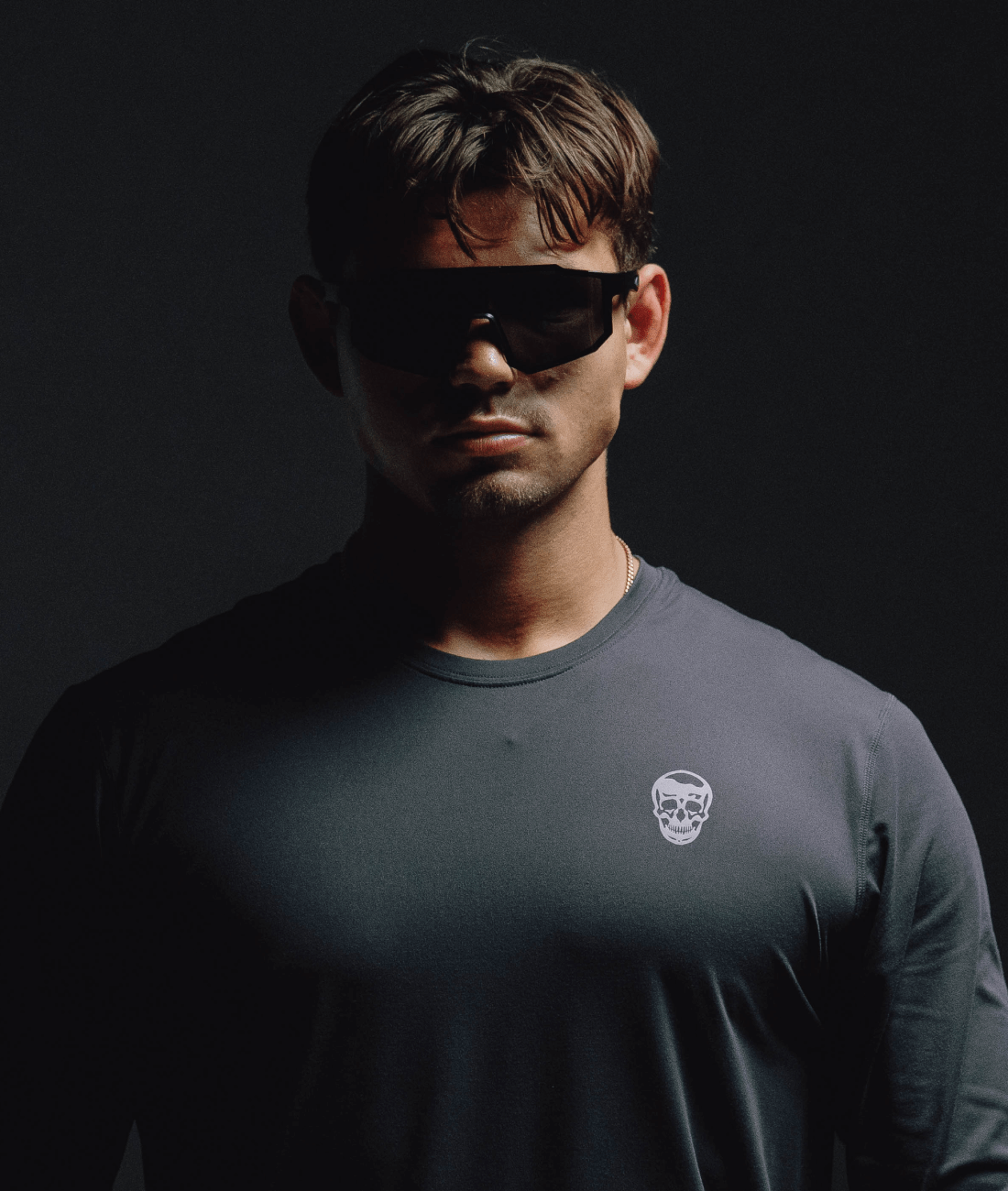
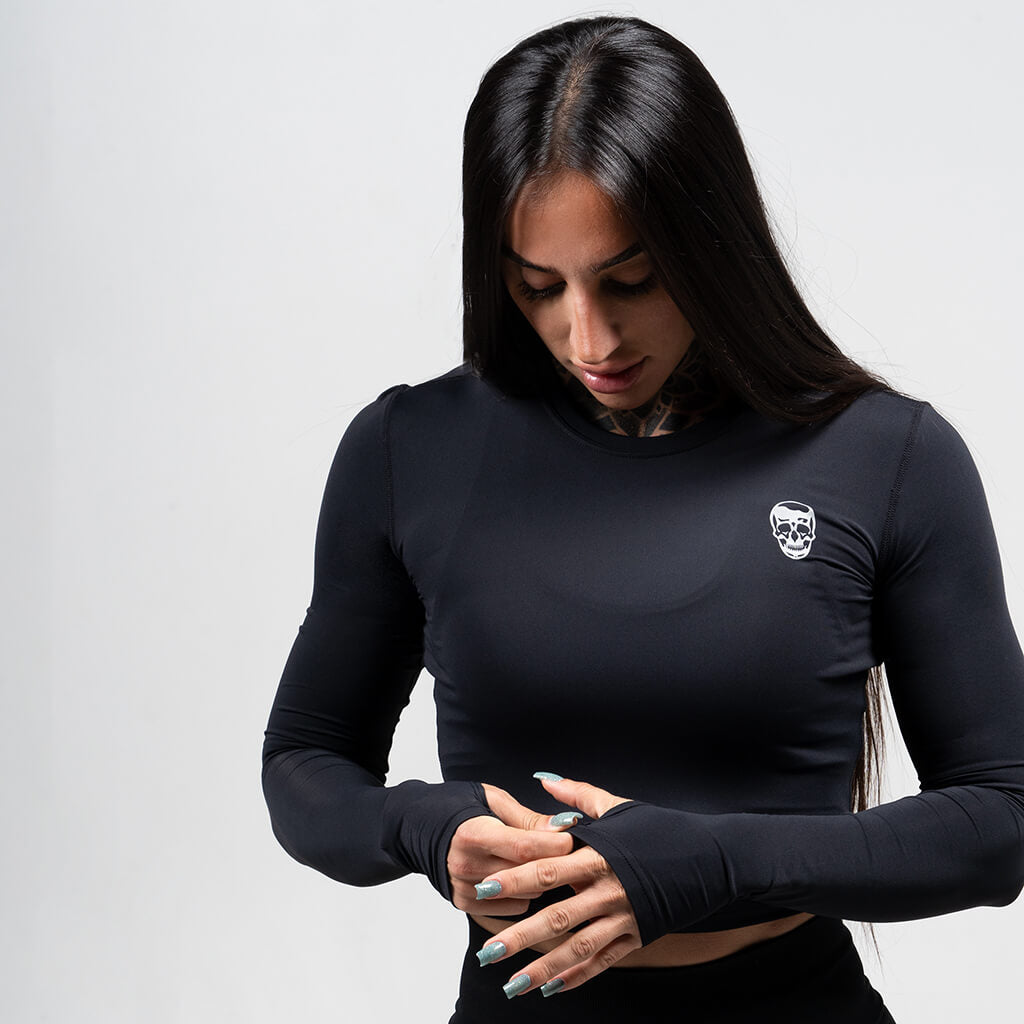
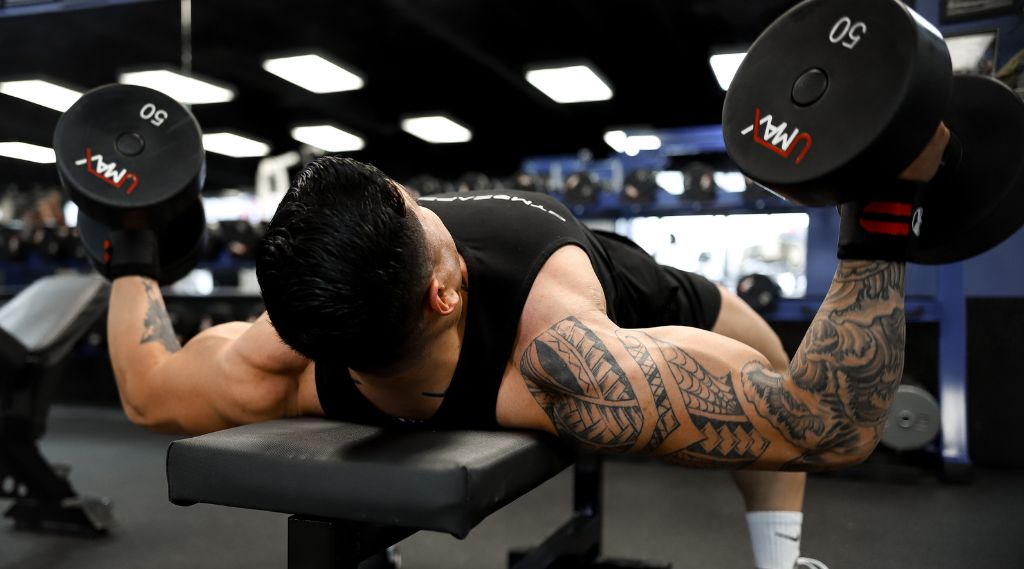
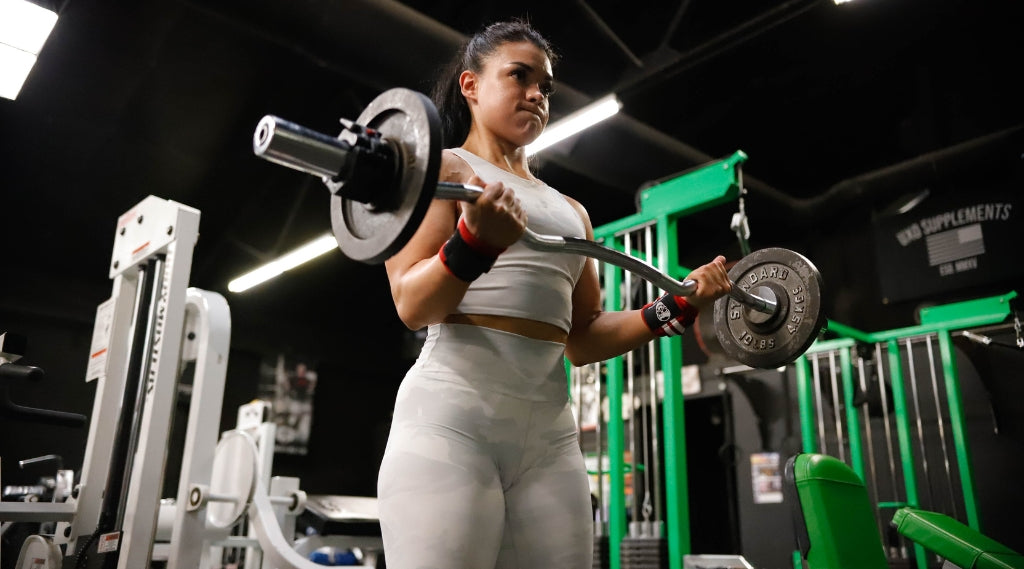
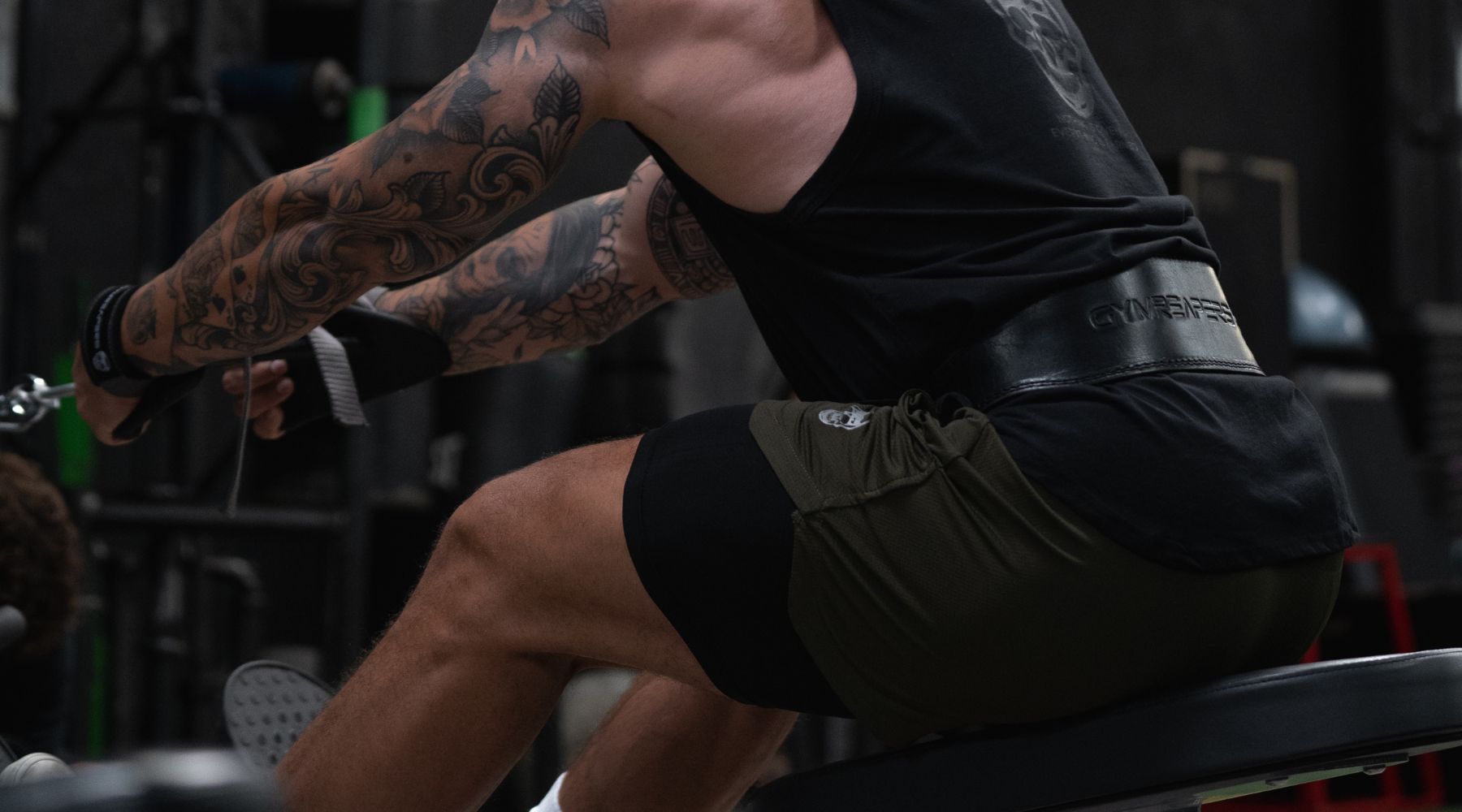
Leave a comment
All comments are moderated before being published.
This site is protected by hCaptcha and the hCaptcha Privacy Policy and Terms of Service apply.